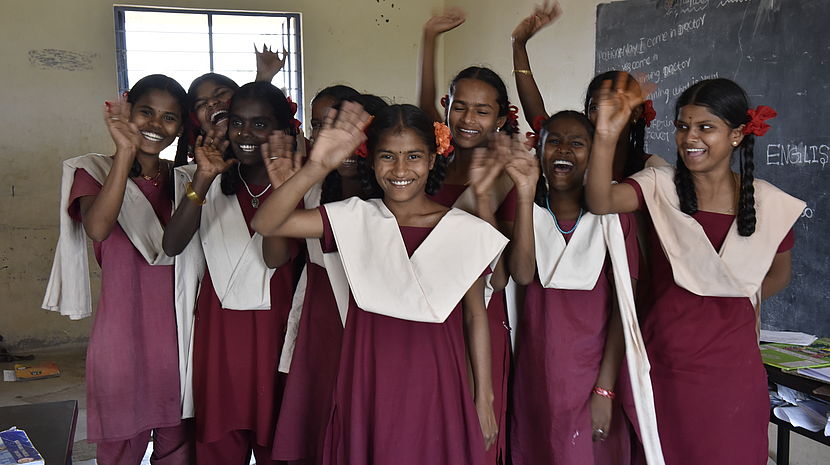07.03.2018 Data and technology and persons with disabilities

Last week I posted a blog over the update on the Financing for Development (FfD) process for the 2030 Agenda for Sustainable Development. Since then the draft Inter-Agency Task Force on FfD (IATF) full report and key messages and recommendations were released and include references to persons with disabilities. References are found in the sections on data and technology, and positively the references are included in the more concise key messages and recommendations document that is more user friendly. Continue reading for details on the references and other points of interest.
Technology
In technology: “Women and girls, people with disabilities, older persons, indigenous peoples and people living in rural areas may face additional barriers in accessing and using technology” (p. 28 / p. 186). In new and emerging technologies and the SDGs “assistive technologies for people with disabilities” is listed as a crucial emerging technology for the SDGs until 2030 (p. 188)
In the related recommendations, marginalized groups are highlighted, which includes persons with disabilities:
- “…the significant increase in self-employment and new forms of employment calls for adapted and strengthened employment and social protection policies. To address continued gender disparities and enhance inclusion of marginalized groups, such policies should emphasize the equitable participation of women and all social groups in decent jobs” (p. 186).
- “There are also ethical, socio-economic and human rights questions that have to be carefully considered in the context of new technologies…More diversity in computer science, and greater priority for girls and marginalized groups in STEM education, can help address these concerns” (p. 189).
Data Disaggregation
In data disaggregation: “The range and depth of data demands to fully implement the monitoring frameworks for the SDGs and financing for development outcomes are unprecedented. The framework requires data disaggregated by income, sex, age, race, ethnicity, migration status, disability, geographic location, and other nationally relevant characteristics to cover all population groups and leave no one uncounted” (p. 29 / p. 204).
Additionally, disability is indirectly included under the section on data, monitoring and follow-up in the following areas:
- The Cape Town Global Action Plan for Sustainable Development Data is included (p. 205), which includes disability statistics.
- The section over the SDG Indicator Framework emphasizes that the “indicator framework is fully implemented so that all goals and targets are appropriately reviewed and no individual or group are left behind” (p. 206).
The IATF report in part feeds into the Financing for Development Forum outcome document, thus is important to influence. Assessing the first informal meeting among Member States engaging in the FfD Forum negotiations (2 March), it is clear that most Member States consider the IATF report as an integral part of the FfD Forum process. Moreover, it is evident that data and technology are key areas for persons with disabilities in the FfD process.
Be sure to stay tuned for more updates as we continue to get into the swing of the FfD.
Additional information: